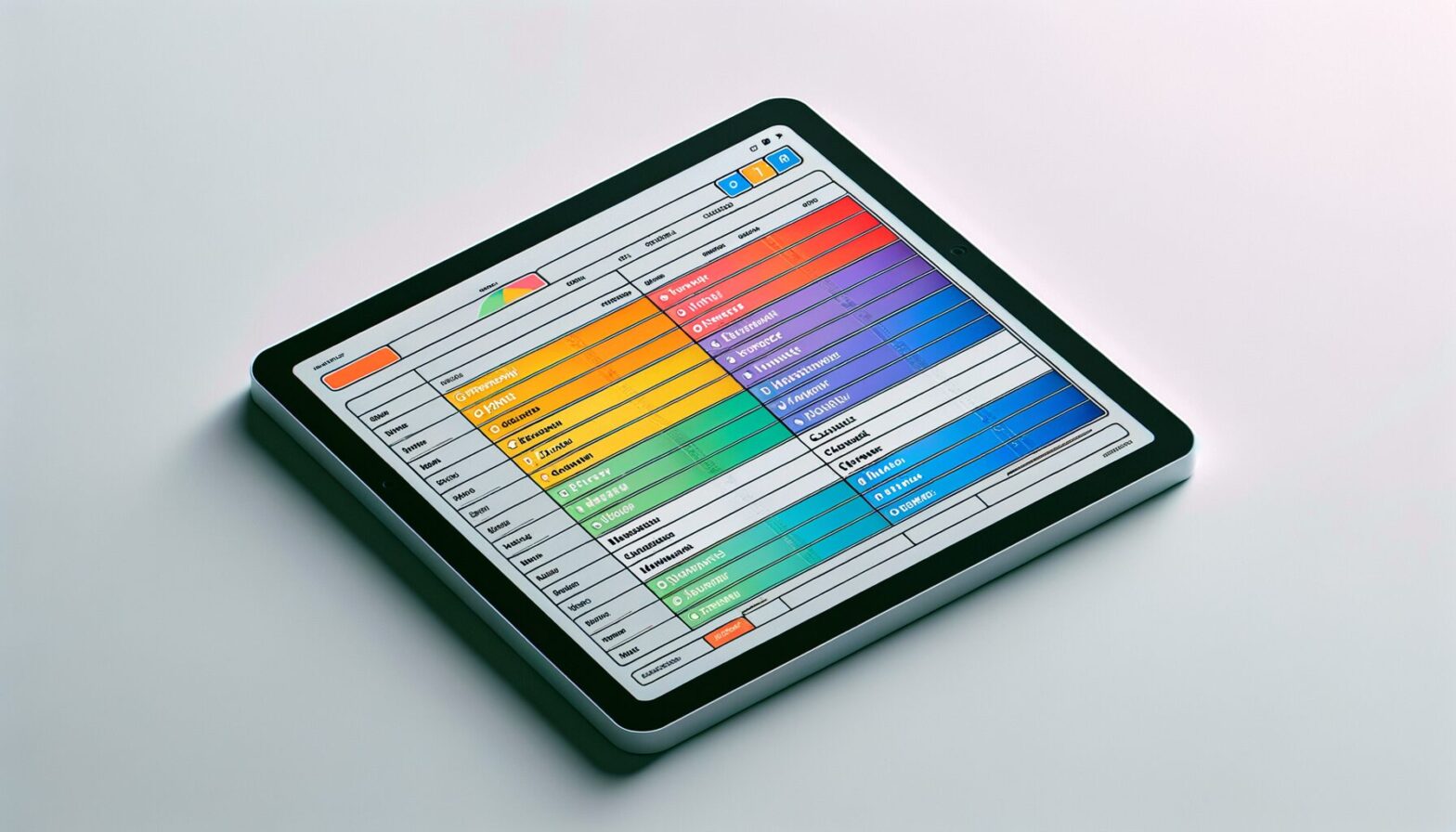Understanding the Digital T Card System
The Digital T Card System represents a significant evolution from the traditional physical T cards used for workforce scheduling and task management. Historically, T cards—named for their distinctive ‘T’ shape—were pinned to boards, allowing managers and employees to visualise shift patterns, job allocations, and project progress at a glance. With the rise of digital technology, this analog method has transformed into an intuitive, software-driven system that brings enhanced flexibility and real-time updates to organisations.
Unlike its physical predecessor, the digital version can be accessed from multiple devices, allowing for seamless communication between team members, regardless of their location. This transition has been particularly valuable in industries with complex shift patterns such as healthcare, manufacturing, and construction. By digitising schedules and task cards, organisations reduce errors, increase transparency, and improve accountability.
Moreover, the digital T Card System integrates with other workforce management tools, such as payroll and attendance tracking software. This holistic approach enables managers to streamline operations while giving employees more autonomy over their schedules through self-service portals. The system’s adaptability ensures it remains relevant even as workplaces evolve.
Influence on Modern Work Culture
The impact of the Digital T Card System extends beyond operational efficiency; it has played a subtle yet profound role in shaping modern work culture. At its core, the system fosters transparency by allowing employees to see shift patterns and job responsibilities clearly, which cultivates trust between management and staff. This visibility helps reduce workplace conflicts that often arise from scheduling misunderstandings.
In addition, the system supports flexible working arrangements—a growing expectation in contemporary workplaces. Employees can swap shifts or request time off digitally without cumbersome paperwork or lengthy approval processes. This empowerment contributes to higher job satisfaction and improved work-life balance.
Furthermore, the digital transformation of scheduling encourages a culture of adaptability and responsiveness. In industries affected by sudden changes in demand or staffing shortages, the system enables quick adjustments without disrupting workflow. As businesses embrace agility as a core value, tools like the Digital T Card System become essential cultural enablers.
Challenges and Future Directions
Despite its advantages, implementing a Digital T Card System is not without challenges. One major hurdle is ensuring all employees are comfortable with the technology, especially in sectors where digital literacy varies widely. Organisations must invest in training and support to bridge this gap.
Data privacy and security also remain critical considerations. Since these systems handle sensitive employee information and operational data, robust cybersecurity measures are necessary to protect against breaches and unauthorised access.
Looking ahead, the Digital T Card System is poised to integrate more advanced features such as AI-driven predictive scheduling, which can anticipate staffing needs based on historical data and trends. Integration with wearable technology and IoT devices could also provide real-time insights into worker safety and productivity.
Ultimately, as workplaces continue to prioritise efficiency and employee well-being, the Digital T Card System will likely evolve into a cornerstone of modern workforce management.
Conclusion: A Digital Shift Towards Smarter Workforce Management
The Digital T Card System exemplifies how traditional tools can be reinvented through technology to meet contemporary demands. By enhancing transparency, flexibility, and responsiveness in scheduling and task management, it has reshaped workplace dynamics and contributed positively to modern work culture.
Its influence is evident not only in operational improvements but also in promoting trust, empowerment, and adaptability among employees. While challenges such as digital literacy and data security must be addressed, the future developments anticipated for this system suggest it will remain integral to workforce management.
For organisations aiming to thrive in a rapidly changing environment, embracing digital solutions like the Digital T Card System is not just advantageous—it’s essential.
Notes
- Companies using Digital T Card Systems report up to a 30% reduction in scheduling conflicts.
- Flexible scheduling enabled by digital systems can increase employee retention by 15%.
- Integration with payroll software reduces administrative overhead by approximately 25%.
- AI-driven predictive scheduling is expected to become mainstream in workforce management by 2027.
